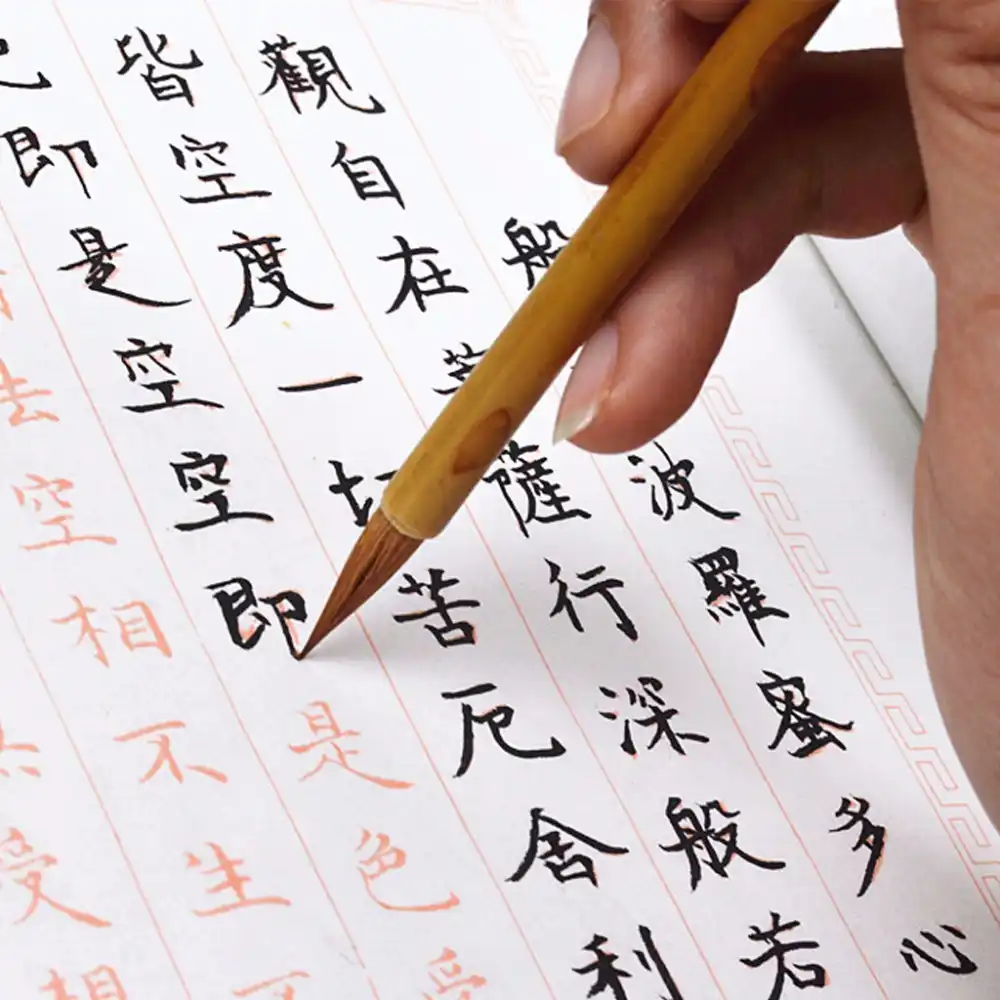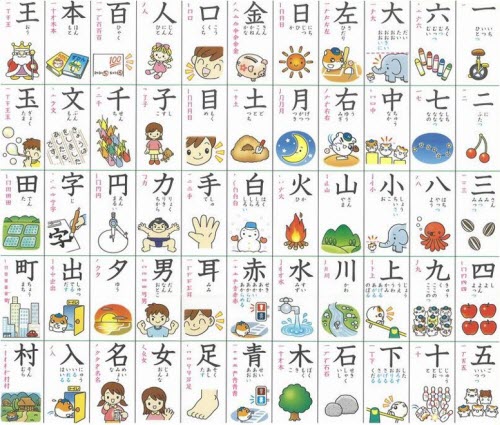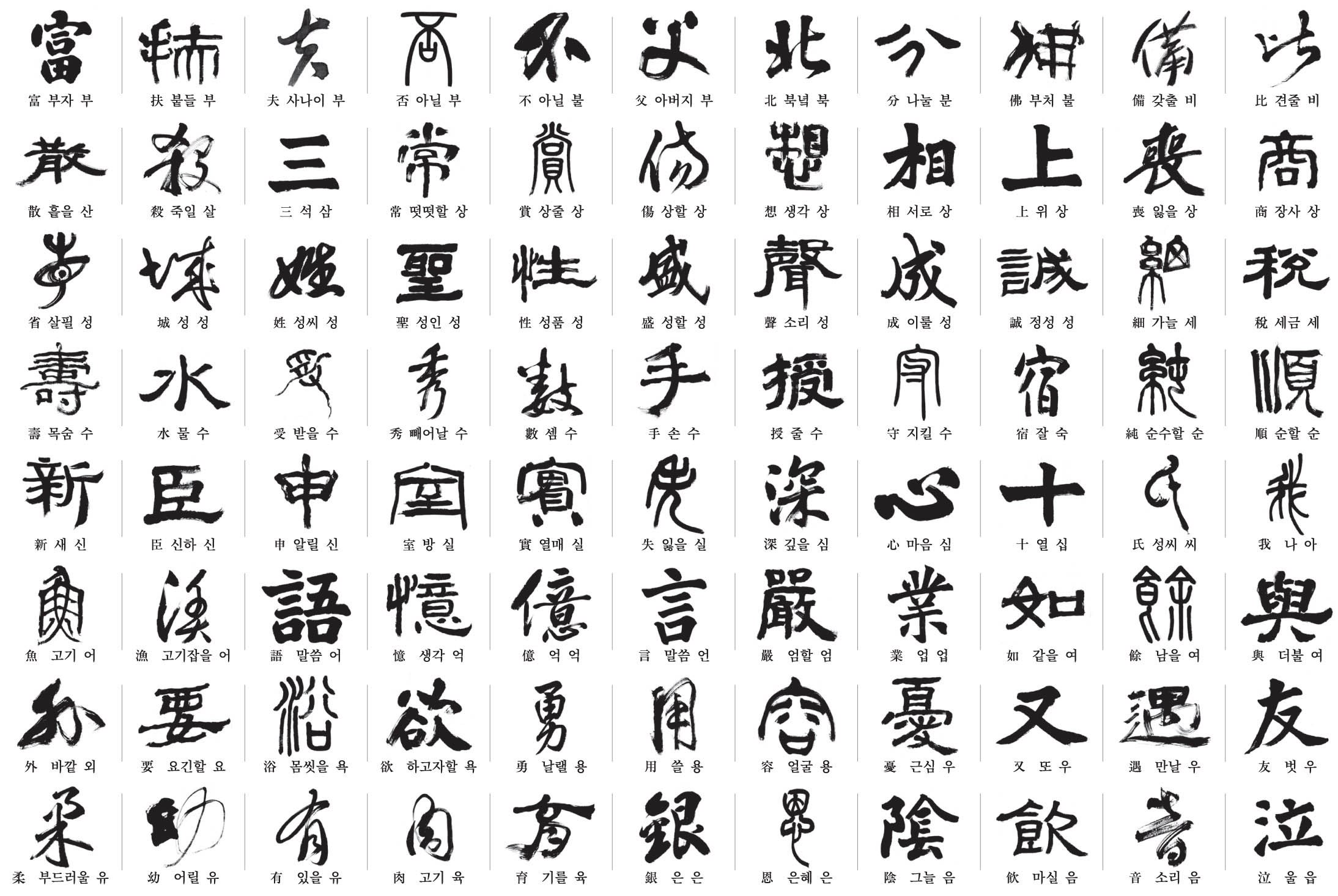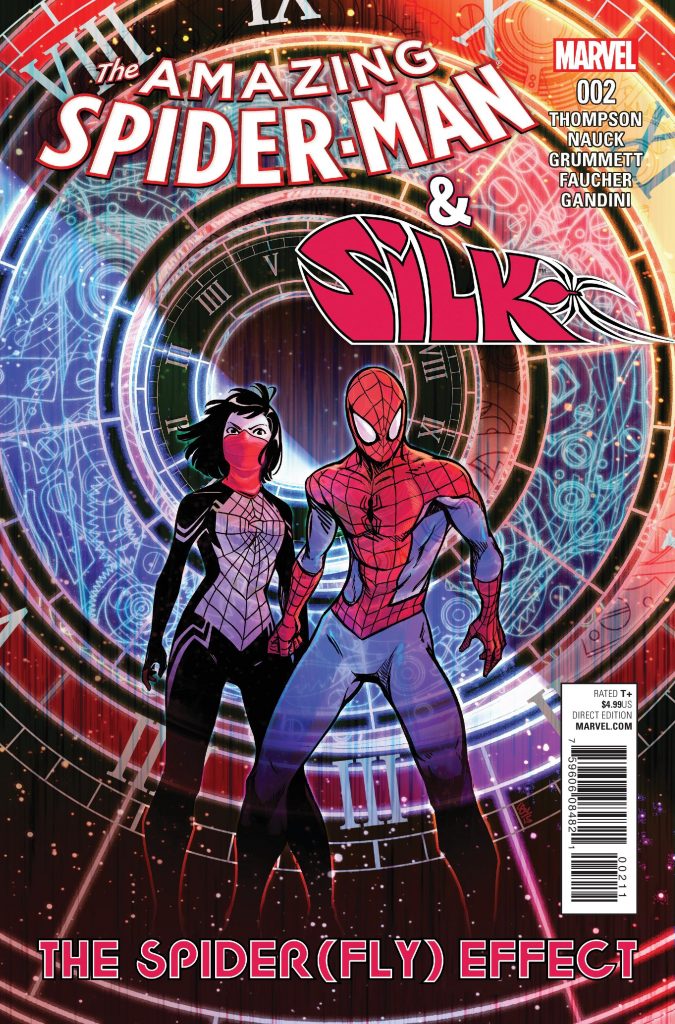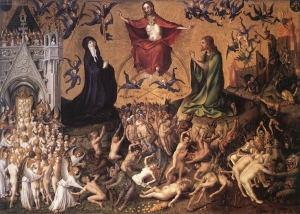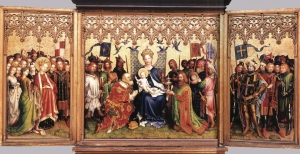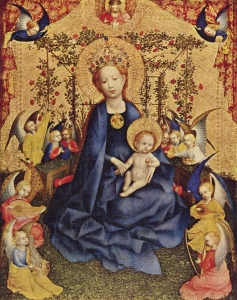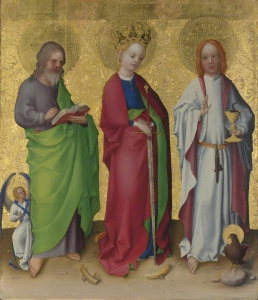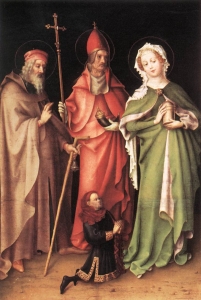Topic of survey 2, the daily lives of the Tang Dynasty (C. 618-907). While researching the topic, one of the most interesting and useful websites that we found was http://factsanddetails.com/china/cat2/4sub9/entry-5431.html. This website told us all about the Tang dynasty’s big city and the life that populated them. The main topics that the article goes through are daily lives, holidays, the capital Chang’an, other cities, food, styles and luxuries, technology, inventions, medicine, and printing. Through researching this site and all the topics, I believed it would be informative to summarize and present to you the ways that new technology really affected everyone of the Tang dynasty.
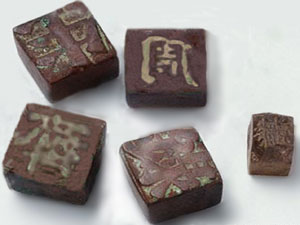
Therefore the topics that we will be going through for my part are, technology, inventions, and printing. Some new inventions that they had recently put to use would be a 3 ft tall wine serving machine disguised as an artificial mountain. The serving faucets were also in the shape of a dragon and a tilting bow was used to pour the wine into goblets to serve with a silver leaf tray. Another invention of theirs that was foraged from an invention of the previous Han dynasty was the first gas cylinders, these were said to be able to be carried “dozens of kilometers and still produce a flame”.

Along with these, during the Tang dynasty they also invented the first mechanical clock but also were the first to lose it somehow. The way it worked was that it divided up the day into temporary hours which were determined by other factors. The astronomical clock had a clockwork escapism mechanism, a waterwheel alongside a clepsydra clock to “power a rotating armillary sphere” to show astronomical observation. The clock became so well known that students trying to pass the imperial exams had to write an essay on it in order to pass.

Now the last thing to bring up would be that the Tang dynasty developed woodblock printing further into the future. However the way that they made printing work was very different than that of the movable printing style that Bi Sheng developed around the same time, as they instead carved the strokes or images out of wood rather than putting characters together in an almost impossible way to categorize. Now the effects of establishing this new style of printing was that most people in China were now able to access tons of new reading materials. Therefore making most of China more literate. They were also able to spread their language to neighboring countries as well, spreading religion and connecting people as well. Since it was cost effective, it also caught the eyes of Europe and spread a small bit there too.
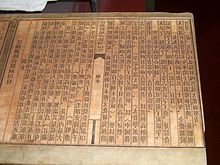
To conclude, China remained using the woodblock printing style until the printing press became the global phenomenon that it was.
Sources:
